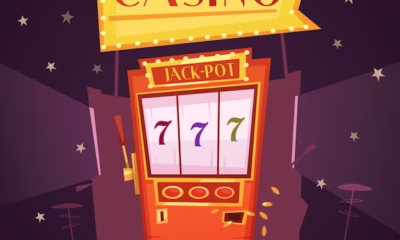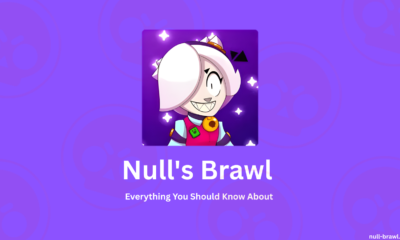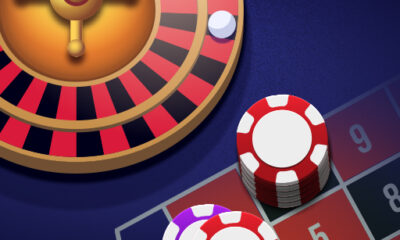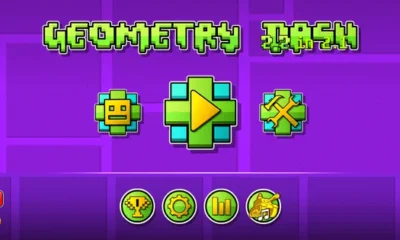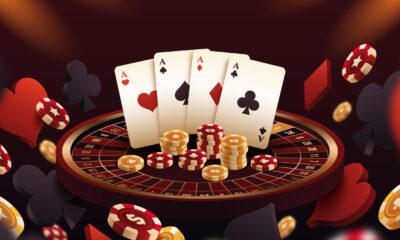Gaming
What Do Wall Hacking and Aimbot Mean in Apex Legends?
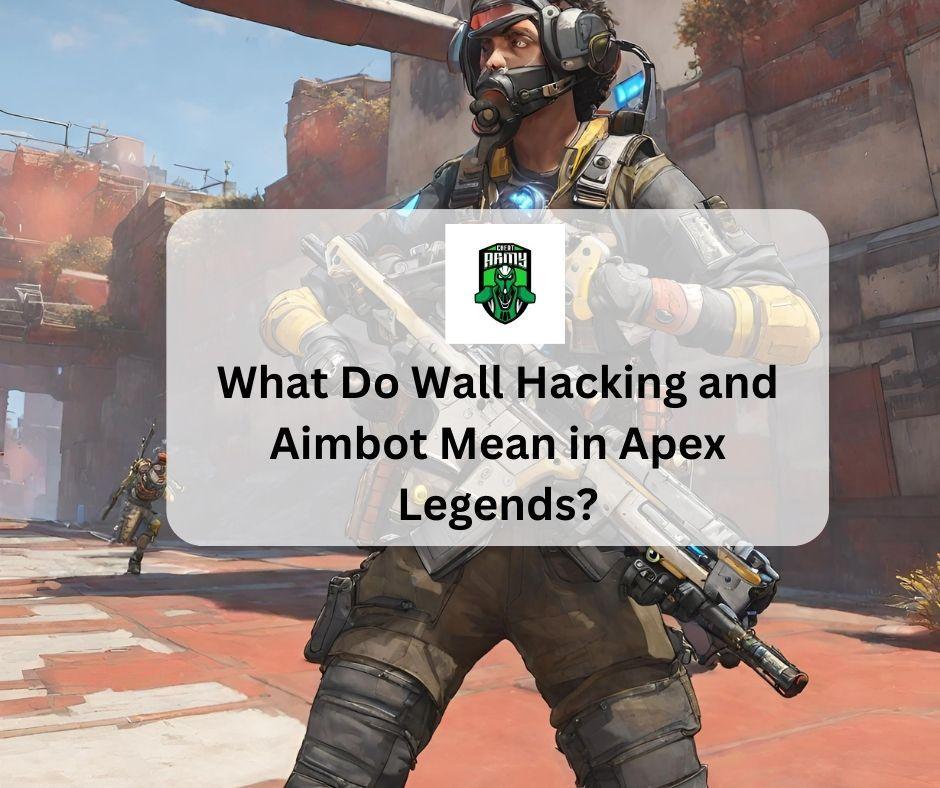
Step into the thrilling universe of Apex Legends! If you’re a fan of high-octane first-person shooter games, chances are that you’ve already come across this captivating battle royale phenomenon. However, amidst its skyrocketing popularity, an unfortunate drawback has emerged – the prevalence of cheaters who resort to unfair tactics such as wall hacking and aim botting. In this blog post, we’ll delve into the shadowy realm of Apex Legends and shed light on what these terms truly entail. So grab your equipment, prepare yourself for action as we uncover the reality behind wall hacking and aim botting in this virtual battleground!
What Are Wall Hacking And Aim Botting?
While these terms may be unfamiliar to some, avid gamers are well acquainted with them. In the online gaming community, especially in games like Apex Legends, wall hacking and aim botting are cheating techniques that grant players an unfair advantage.
Using wall hacking, also referred to as ESP (Extra Sensory Perception), players gain the ability to see through walls and other map objects. By enabling this cheat, players can effortlessly detect adversaries concealed behind cover or lingering in corners. Ultimately, it eradicates any element of surprise or strategic play from the game.
On the contrary, aimbotting is a cheating technique that provides players with an unfair advantage by enhancing their aiming abilities. With the use of an Apex Legends wallhack aimbot, a player’s crosshair will automatically snap to opponents’ heads or critical areas without any manual input. This greatly increases their likelihood of hitting every shot and effortlessly eliminating enemies.
Cheats are often created by hackers who take advantage of weaknesses in the game’s code to gain an unfair edge. They develop software programs that inject these cheats into the gameplay, providing an unfair advantage.
Players have various motivations for using wall hacks and Apex Legends aimbots. Some may resort to these cheats out of frustration or just for amusement in private matches with friends. However, a significant number of individuals employ these unfair advantages in competitive settings, such as ranked multiplayer games, where upholding integrity should be paramount.
It is crucial to understand that utilizing wall hacks and Apex Legends aimbot carry significant risks. Game developers are actively dedicated to detecting cheaters and implementing anti-cheat measures, which can lead to severe consequences for those caught in the act, including permanent bans from playing Apex Legends entirely.
In addition, cheating not only compromises fair play but also diminishes the enjoyment for both honest players and esports enthusiasts who watch professional competitions. The integrity of gaming communities depends on maintaining a level playing field where success is determined by skill rather than resorting to dishonest tactics.
Although wall hacking and aim botting might give players a temporary edge, the detrimental effects on the gaming community far outweigh any potential benefits. It is crucial to take a stance against cheating and uphold the integrity of games, ensuring they are enjoyed as they were intended.
How cheat codes enhance your gaming experience
Cheat codes and Apex Legends Hacks can add a new and enjoyable dimension to your gaming experience, enhancing it in various ways. While cheat codes may not be applicable for competitive online gaming, they can offer various benefits in single-player and sandbox-style games. Let’s delve into how these codes can enhance your overall gaming experience:

Exploration and Creativity:
Using cheat codes, you can gain access to content and skills that would otherwise be inaccessible. This is great since it encourages wandering about and letting you see everything the game has to offer. It’s a great way to exercise your imagination because you can try out new techniques and combinations.
Overcoming Challenges:
The difficulty of several games has earned them a bad reputation. When you’re stuck on a particularly difficult boss fight or a particularly perplexing challenge, cheat codes can be a lifeline. They let you get further in the game without getting frustrated, which opens it up to a wider audience.
Storytelling:
In games with branching narratives, cheat codes allow players to see alternate endings without having to start over. This enriches the narrative since you get to see how different characters interact with one another and how the story develops.
Time-Saving:
Games that need a lot of grinding or other types of repetitive tasks benefit greatly from the use of cheat codes. This is helpful because it allows players to zero in on the parts of the game they enjoy the most in the time they have available.
Nostalgia and Fun:
Older players may find that using cheat codes brings back fond memories of their younger gaming days. They can also add a little levity and weirdness to the action, which can make for some memorable fun.
Experimentation:
You can push the boundaries of the game’s physics or AI behaviour with the help of cheat codes, which encourages exploration and experimentation. The surprising and humorous outcomes it can produce can provide for some very unforgettable gaming moments.
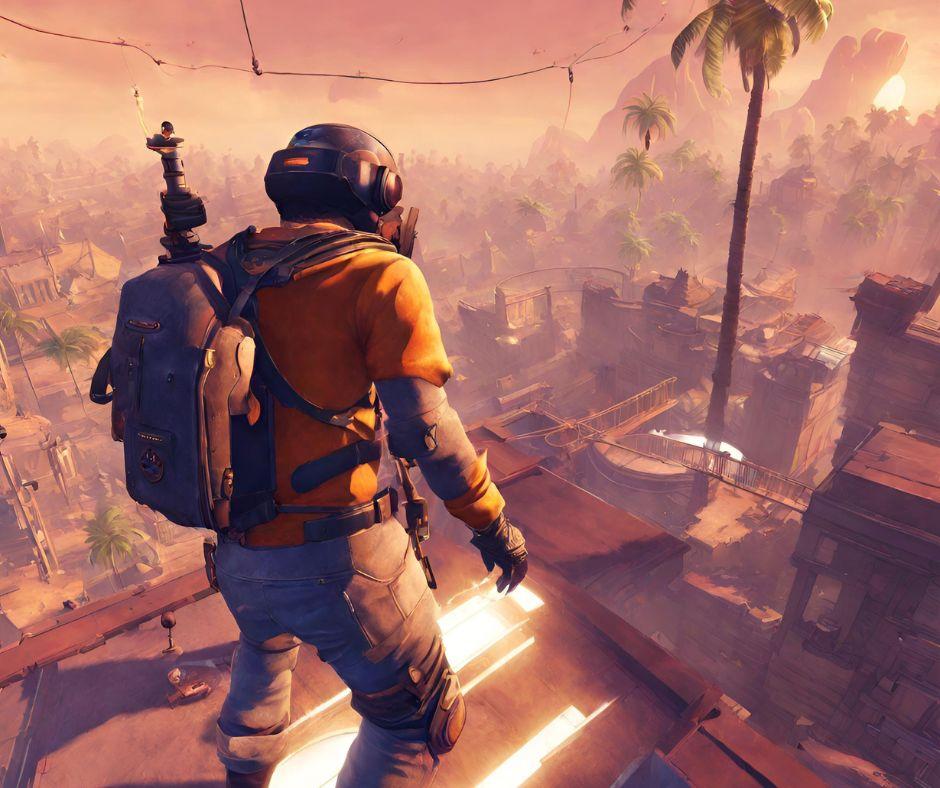
Customization:
Changes to the game’s visual style or functionality are just two examples of the kinds of cheats available. You can adjust the settings to your liking and play the game in the manner in which you feel most comfortable.
Using cheat codes in gaming can greatly enhance your overall experience, providing various advantages such as overcoming difficult challenges, accessing hidden content, and boosting your creativity. However, it’s crucial to use cheat codes responsibly and exclusively in single-player or non-competitive settings in order to uphold the integrity of the gaming community. Ultimately, these codes offer a fun and adaptable way to fully engage with your favourite games on your own terms.
Conclusion
In the highly competitive world of Apex Legends, some players go to great lengths in their pursuit of excellence. Wall hacking and Apex Legends Aimbot are two methods that add an interesting twist to the gameplay experience for others. These innovative approaches involve manipulating game files and injecting clever code into the game client. It’s impressive how hackers use external software or modify their own files to enable these engaging Apex Legends Hacks. Despite game developers’ efforts to patch vulnerabilities and maintain a fair gaming environment, new hacks continue to emerge, keeping the game evolving and players on their toes. While wall hacking and aimbot may be notable examples of creative thinking within Apex Legends, there is undoubtedly a world of innovation waiting to be discovered by forward-thinking gamers. As long as individuals push boundaries and explore new avenues, online gaming communities will continue to evolve, offering fresh challenges for all to enjoy.
Gaming
Unlock Endless Gaming Thrills with Free Credit Malaysia

In recent years, Online Casino Malaysia has evolved into a vibrant digital playground where technology, entertainment, and human curiosity intersect. But to understand why these platforms have captured so much attention, it helps to imagine the experience from the eyes of a first-time explorer. Picture someone stepping into a virtual world—not a physical casino with bright lights and echoing chatter, but a sleek digital realm filled with colors, animations, and endless choices. This explorer is not dressed in formal wear and does not need chips clinking in their pocket. Instead, the adventure begins with a tap on a screen.
The moment a player enters an online casino, the environment changes instantly. There is no line to wait in, no noise to push through. Instead, the screen unfolds into a gallery of games, each one illuminated like a portal to a different world. One game sends players into an ancient temple full of mysteries, another launches them into outer space with neon visuals and futuristic soundtracks. This variety is one reason Online Casino Malaysia has become such an appealing destination—there is always something new to discover, and the themes never stop evolving.
But what makes these platforms even more interesting is the sense of personalization. Unlike traditional casinos, where players walk through predetermined pathways, digital platforms rearrange themselves around the user. The interface adapts to your habits, remembering what games you explored, which sound settings you prefer, and what sort of themes seem to catch your eye. Some people want fast-paced action; others prefer strategy-driven table games that feel thoughtful and deliberate. The platform pays attention, creating a sense of being recognized within a massive digital universe.
A key element that adds spice to the experience is the structure of daily rewards. Each day feels like a treasure hunt—log in, and a new surprise might appear. These bonuses vary widely, from free spins to cashback rewards, and they create a rhythm that keeps the community engaged. Among these offers, the slot free credit Malaysia bonus stands out for new players because it gives them a risk-free chance to explore the world of slots. Instead of jumping in blind, players can sample the mechanics, graphics, and bonus features before deciding which games spark their imagination. This type of offer functions like a guided tour, allowing explorers to walk through unfamiliar terrain with a sense of comfort.
However, behind the vibrant digital façade lies a serious foundation built on technology and security. Every spin, card draw, or dice roll is governed by advanced algorithms ensuring fairness. Encryption layers protect sensitive data, making transactions secure. Players often underestimate the depth of engineering behind these platforms, but it is this invisible infrastructure that allows people to enjoy themselves without worry. Reputable platforms within Online Casino Malaysia adhere to strict licensing regulations, demonstrating that entertainment and safety can coexist without compromise.
Customer support adds a human touch to this digital world. Even though the platform is virtual, the people behind it are very real—game experts, technical troubleshooters, and support representatives ready to assist. Whether a player has questions about a promotion or simply wants to understand how a game works, help is available at all hours. This reliability turns the platform from a mere entertainment service into a community centered around comfort and convenience.
Another layer of excitement comes from live dealer games—a bridge between physical casinos and the digital age. These sessions unfold through real-time video streams, complete with professional dealers who interact with players through chat systems. The atmosphere feels lively and human, blending the thrill of a live table with the convenience of online access. For many players, this hybrid experience becomes their favorite part of Online Casino Malaysia because it delivers both social interaction and strategic gameplay.
The competitive spirit is alive here too. Online tournaments, leaderboard challenges, and seasonal events give players a chance to test their skills and luck against others. Whether it’s a week-long slot tournament or a special holiday event, the thrill of climbing the leaderboard adds a new dimension to the experience. Some players join purely for fun; others enjoy the strategy of timing, game selection, and bonus utilization. These events help build camaraderie—a sense that you’re part of something bigger than a solo gaming session.
Looking to the future, the horizon of online casinos stretches far into exciting territory. Developers are already experimenting with virtual reality experiences that allow players to walk through three-dimensional casino worlds as if they’re physically present. Imagine walking up to a digital roulette table, leaning in to place a bet, and watching the wheel spin right before your eyes. Augmented reality could take this even further, blending real surroundings with virtual elements. Artificial intelligence might eventually predict which games players will enjoy most or tailor promotions to suit personal gaming styles. The evolution of Online Casino Malaysia is not slowing down; it’s accelerating into a future filled with innovative storytelling, advanced immersion, and intelligent customization.
Daily bonuses will continue to shape player experiences, offering excitement and motivation. Over time, promotions like slot free credit Malaysia will likely become even more creative, offering players new ways to explore emerging game styles. The beauty of such bonuses lies in their ability to open doors—not just to single games but to entire categories of entertainment. For newcomers, it reduces uncertainty. For experienced players, it provides opportunities to test new strategies or explore games they might otherwise overlook.
What truly makes Online Casino Malaysia interesting is that it isn’t just about games—it’s about experiences. It’s about stepping into a digital universe that feels alive, evolving, and filled with unexpected adventures. Whether you’re interacting with live dealers, exploring intricate slot worlds, or joining a community event, the excitement comes from the sense of possibility. Every login feels like opening a new chapter, and every game holds a story waiting to unfold.
In this ever-changing digital age, players aren’t just seeking entertainment—they’re seeking immersion, creativity, and meaningful moments of escape. Online Casino Malaysia offers all of this within a dynamic ecosystem built on innovation, safety, and human engagement. And as long as players engage responsibly, this world of digital exploration will continue offering new ways to spark curiosity, imagination, and enjoyment. Among the many features that enrich this experience, promotions such as slot free credit Malaysia act as gateways, inviting everyone to explore, discover, and enjoy the adventure that lies within the virtual casino realm. Source for your free credit up to RM100 https://freekredit.slotter88.org/
Gaming
Everything You Should Know About Nulls Brawl
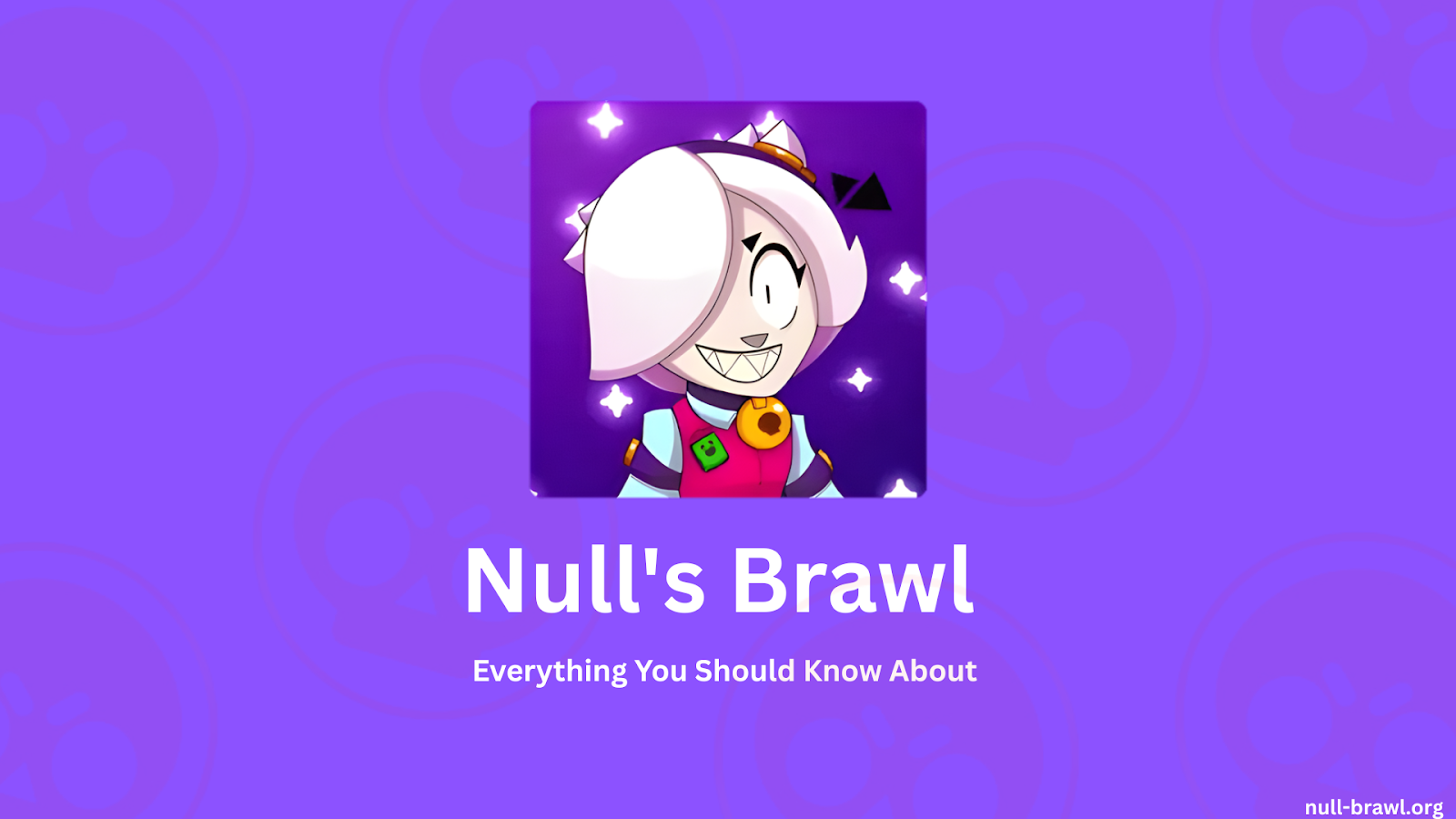
Nulls Brawl has become a popular place for players who enjoy the Brawl Stars world but want more room to explore. It gives players extra freedom inside battles and lets them try characters and ideas that work differently from the original game. Players find a simple and open environment where they can enjoy matches in their own way.
Why Players Prefer Nulls Brawl
Many players choose Nulls Brawl because they like trying new things. It gives them a wider set of options that helps them experiment with different ideas. This makes the gameplay experience more open since you are not limited to one style. Players enjoy this sense of freedom because each match feels different and gives them a reason to try again.
A Larger Collection of Characters
Nulls Brawl includes many characters that behave in interesting ways. Some characters have unique attack styles while others move differently inside the arena. These small differences change how the entire match feels. Players enjoy checking each character and seeing how the battle changes when they switch roles.
Special Visual Styles For Characters
Character designs also play an important part in the Nulls Brawl experience. Many designs look different from what players see in the main game. These styles help players express themselves inside matches. Even a simple change in appearance can make the fight feel new because it changes the way players look at their brawler.
Maps That Add More Interest
The maps inside Nulls Brawl come with layouts that encourage new strategies. Some maps give more open space while others push the action closer. These changes lead to match situations that feel different every time. When players see a new layout, they start thinking about new moves and new paths that they can try in the next battle.
Control Over Match Settings
Players enjoy having more control over match settings. You can choose how strong your character should be, how fast the match should go, and what type of battle you want to try. This flexibility makes the experience more comfortable because you can create the type of match that feels right for you.
A Simple Space To Practice New Ideas
Nulls Brawl helps players test moves without pressure. New players can learn how each character behaves without stress, and experienced players can try advanced ideas that they cannot easily attempt in the main game. This makes the environment helpful for players of all skill levels.
Quick Character Switching
Switching from one character to another feels easy and simple. You can change your character and enter a match instantly. This keeps you inside the action because you do not need to wait or go through long steps. The quick flow helps players stay focused on what they enjoy, which is the battle itself.
Gameplay That Encourages Creativity
The gameplay in Nulls Brawl gives players space to try new strategies. You can use characters in unusual ways and test actions that change how the match plays out. This level of freedom motivates players to look for new ideas and try things that they would not normally attempt in other settings.
Community That Shares Ideas
Players around the world share tips and strategies for Nulls Brawl. This makes it easier for others to learn and improve. People share character ideas, helpful match strategies, and creative approaches that inspire new players. This active community is one of the reasons people return to Nulls Brawl again and again.
Simple Experience For All Types Of Players
Nulls Brawl is suitable for many types of players. Some players like exploring new characters. Others enjoy moving through different maps. Some simply want a relaxed match that suits their mood. Nulls Brawl supports all these styles and helps players find what feels right for them.
Conclusion
Nulls Brawl creates a place where players can explore characters, maps, and match ideas in a more open way. It gives more control, more variety, and more room to try things that feel interesting. For anyone who wants to see a different side of the Brawl Stars world, Nulls Brawl provides a friendly and flexible space to enjoy battles in their own style. For updates and new changes, players can always visit null-brawl.org.
Gaming
The Benefits of No-Data Games that Players Love
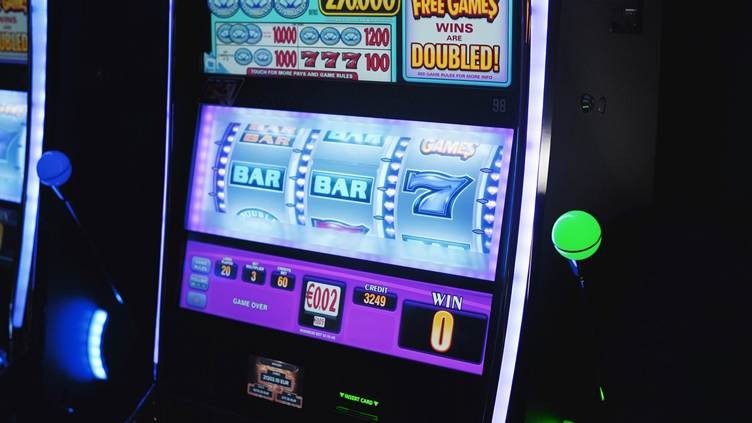
In this modern digital era, data and privacy have become one of the most important digital currencies. Almost every website or platform collects and shares user data to a degree. While this data collection is not malicious and often forms the backbone of content personalization, many users worry about the privacy of their data. With the increase of online platforms that require sensitive information like password logins or user payment information, it is understandable that users are concerned about losing their precious information.
Whether it is through data breaches or due to malicious practices, the risk of data loss is always present. For this reason, many users are turning to no-data platforms. These are websites and platforms that do not collect user data. Users prefer these platforms as they offer an extra degree of privacy and security, especially in the volatile world of online gaming.
Why Privacy is so Important in the Digital Age
This current era of digital convenience is one where users are sharing more personal information than ever, from social media posts to entering banking information to pay for goods and services online. Users provide personal information all over the internet. This is why many users are turning to platforms that require little to no private data at all. Digital transactions are being done with cryptocurrencies. Paid streaming services are being switched to free ones. In the gaming sector, players are turning to no kyc crypto casinos to keep their financial and personal information safe. iGaming platforms that do not require upfront KYC (Know Your Customer) verification offer lightning-fast access to thousands of games. The prevalence of data breaches and malicious online attacks has people rightfully worried about the safety of their data. In an online world where personal information is so easy to leak, one of the safest ways to protect data is by not providing any.
Privacy and anonymity are the priority for these platforms. Users can often play with nothing more than a username and an email address.
Key Features That Attract Players
No-data gaming platforms offer players two important benefits: efficiency and privacy. These platforms often require little more than a username or a connected crypto wallet. This seamless accessibility is a massive contrast to traditional platforms that require the completion of lengthy sign-up forms, identity checks, and bank verification.
In addition to seamless sign-ups and logins, no-data platforms offer increased levels of anonymity. Players can navigate platforms behind an anonymous username, and payments or transactions are facilitated through crypto wallets. The very nature of crypto and blockchain transactions guarantees a level of anonymity, as these transactions are linked to nothing more than a wallet address.
The innovations utilized to make no-data platforms a reality have also resolved a pain point many users have with traditional platforms: transaction speed. Many no-data platforms only use cryptocurrency for transactions. This makes transactions faster by cutting out unnecessary middlemen or intermediaries, resulting in faster payments and withdrawals.
Security Through Transparency
While players remain anonymous, fairness and transparency are not sacrificed. Blockchain technology maintains fairness and transparency through immutability and provably fair systems. These systems allow users to independently review and verify all actions and transactions that take place on a particular blockchain ledger. This gives users a sense of safety, transparency, and fairness that matches platforms that require more intense identity verification.
No-data platforms have thwarted any misconceptions about being less secure than platforms that require identity verification. They have done this through unparalleled levels of transparency, strong encryption, blockchain authentication, and frequent security audits.
The success of no-data platforms in the gaming sector is encouraging traditional platforms to consider their lengthy verification processes. Some traditional platforms have started experimenting with reduced-KYC models or completely integrated decentralized technologies that verify users without exposing their personal data.
Conclusion
Players are becoming fonder of no-data gaming platforms. The increased privacy, convenience, and control that these platforms provide are increasing player engagement and retention. By reducing prolonged verification processes and leveraging decentralized technology, no-data gaming platforms can offer streamlined, frictionless gaming experiences with the same levels of security and transparency as traditional platforms. As player and user demand for increased privacy grows, platforms that successfully integrate minimal data verification services and anonymity into their games and websites will play an important role in transforming the next era of online gaming.
-

 Finance3 years ago
Finance3 years agoProfitable Intraday Trading Advice For Novices
-

 Gaming3 years ago
Gaming3 years agoSubway Surfers Unblocked | Subway Surfers Unblocked 66
-

 Internet3 years ago
Internet3 years agoWelcome to banghechoigame.vn – Your One-Stop Destination for Online Gaming Fun!
-
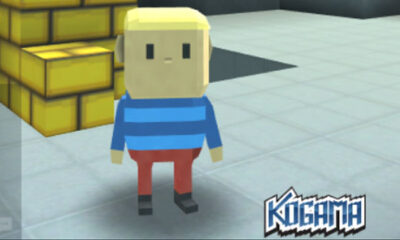
 Gaming3 years ago
Gaming3 years agoMinecraft Unblocked Games 66 | Unblocked Games Minecraft
-

 Gaming3 years ago
Gaming3 years agoGoogle Baseball Unblocked | Google Doodle Baseball Unblocked 66
-
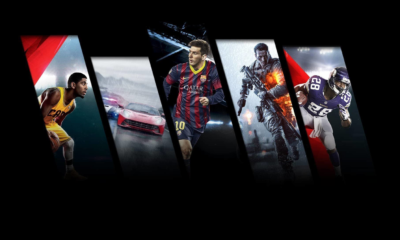
 Internet2 years ago
Internet2 years agoPremium Games Unblocked: Unleash Your Gaming Potential
-

 Gaming3 years ago
Gaming3 years agoTunnel Rush Unblocked | Tunnel Rush Unblocked 66
-

 Gaming2 years ago
Gaming2 years agoRocket League Unblocked – Rocket League 2D Unblocked




